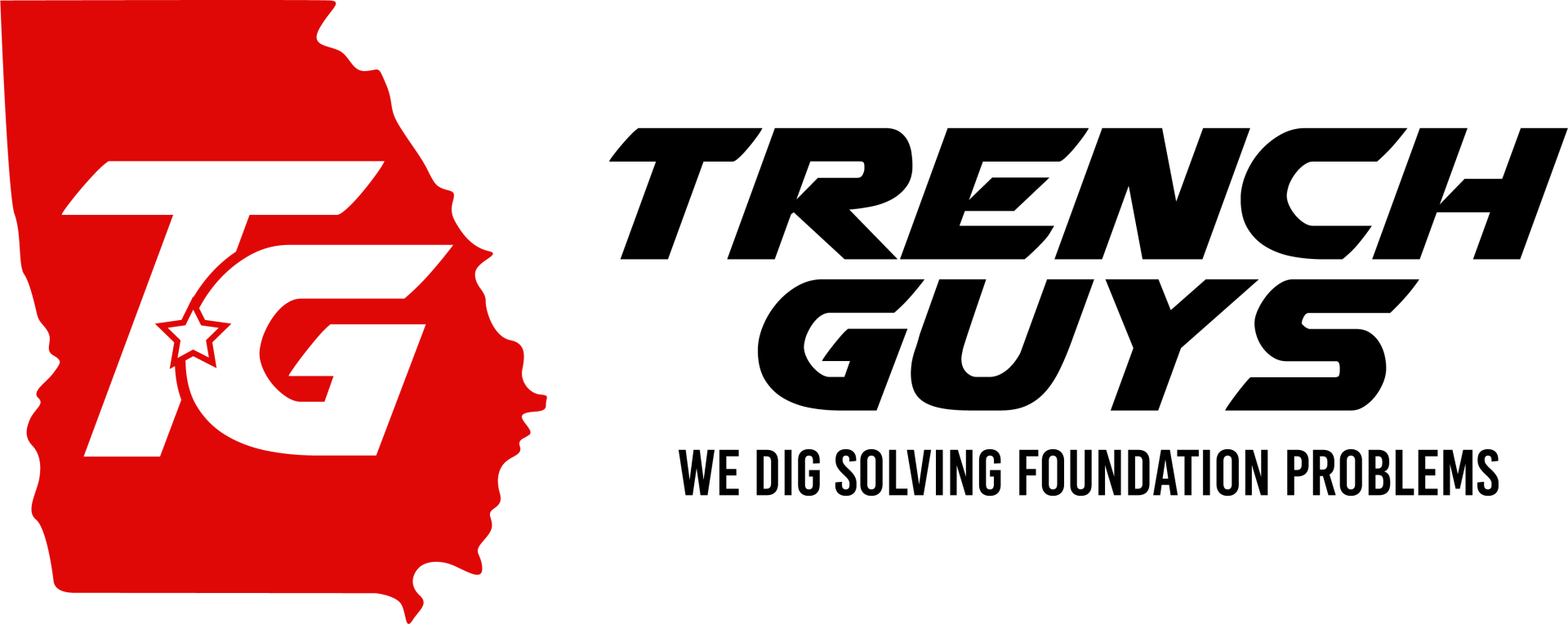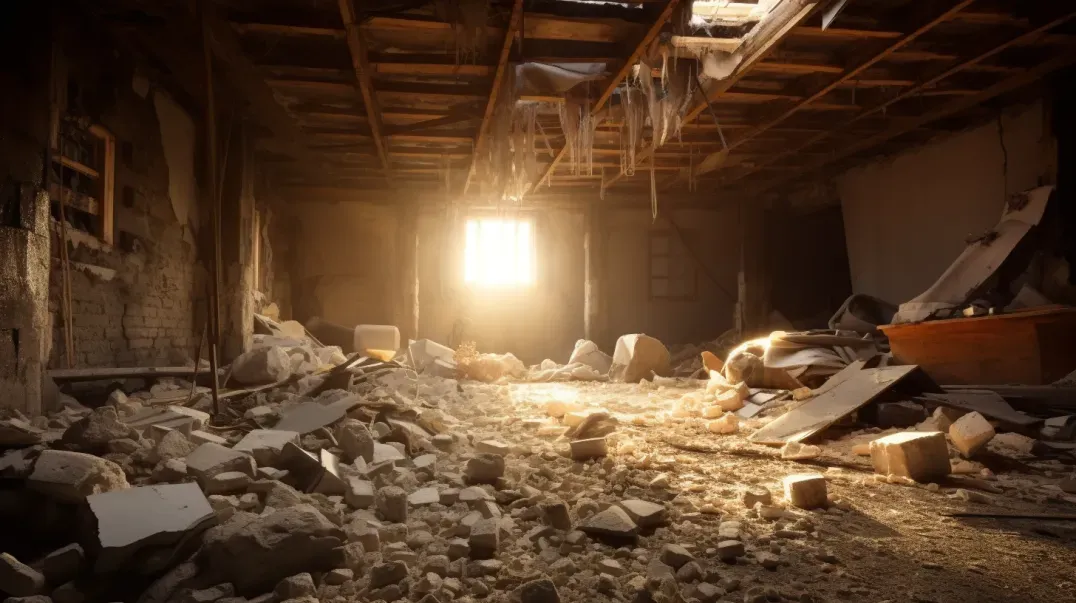Indoor air quality (IAQ) plays a crucial role in maintaining and enhancing our overall health and well-being. As most people spend a significant portion of their time indoors, the quality of the air we breathe in our homes, workplaces, and other indoor environments directly impacts our physical and mental health. Poor indoor air quality can lead to a range of health issues, from minor irritations such as headaches and fatigue to more severe conditions like respiratory diseases and cardiovascular problems. Moreover, certain pollutants commonly found indoors, such as mold, dust mites, volatile organic compounds (VOCs), and radon, can exacerbate allergies, asthma, and other chronic illnesses. Therefore, understanding and improving indoor air quality is essential for creating healthy living and working spaces.
Beyond the immediate health benefits, good indoor air quality also enhances our overall well-being. Clean, fresh air can improve mood, cognitive function, and productivity, contributing to a better quality of life. It also ensures a safer environment for vulnerable populations, including children, the elderly, and those with pre-existing health conditions. By taking proactive steps to monitor and improve IAQ, we can create environments that support our health, comfort, and overall happiness.
Understanding Crawl Space Health
What Constitutes a Healthy Crawl Space?
A healthy crawl space is foundational to the overall integrity and health of a home. It serves as a buffer zone between the ground and the living spaces, playing a critical role in maintaining indoor air quality and structural soundness. Key characteristics of a healthy crawl space include:
- Dryness: A healthy crawl space is free from excess moisture. Moisture control is vital as it prevents mold growth, wood rot, and other moisture-related issues.
- Cleanliness: A clean crawl space is free from debris, pests, and mold. Regular cleaning helps in maintaining the space's health.
- Structural Integrity: This includes a stable and secure foundation without signs of damage or deterioration. Proper support and insulation ensure the crawl space contributes to the home’s energy efficiency and overall safety.
However, several common issues can compromise the health of a crawl space:
- Moisture Accumulation: Water intrusion from the ground, plumbing leaks, or poor ventilation can lead to excessive moisture, fostering mold growth and wood decay.
- Mold: Mold thrives in damp environments, and its presence in the crawl space can negatively impact indoor air quality and trigger health problems.
- Pests: Rodents, insects, and other pests often find their way into crawl spaces, causing damage and contamination.
- Structural Damage: Over time, issues like settling, cracks, and wood rot can weaken the structural integrity of the crawl space, affecting the overall stability of the home.
Factors Affecting Crawl Space Conditions
The health of a crawl space is influenced by various factors, which must be understood and managed to maintain its condition:
- Local Climate: The climate of the area significantly impacts crawl space conditions. Regions with high humidity levels or heavy rainfall are more prone to moisture issues, requiring robust moisture control measures.
- Soil Conditions: The type of soil around the foundation can affect moisture levels in the crawl space. Clay soils, for example, can retain water, increasing the risk of moisture accumulation.
- Age and Construction of the Home: Older homes or those with outdated construction methods might have less effective moisture barriers, ventilation systems, or insulation, making them more susceptible to crawl space problems.
These factors can lead to a range of issues:
- Moisture Problems: Poor drainage, inadequate vapor barriers, and ineffective ventilation can result in high humidity and standing water, fostering mold growth and structural damage.
- Pest Infestations: Certain climates and soil conditions can attract pests to the crawl space, leading to infestations that can damage insulation, wiring, and structural components.
- Structural Issues: The age and construction quality of the home can affect the stability of the crawl space, with older homes often requiring more frequent inspections and repairs to maintain structural integrity.
By understanding and addressing these factors, homeowners can ensure their crawl spaces remain healthy, contributing to the overall well-being of their homes and families. Regular inspections, proper maintenance, and timely interventions are key to preserving the health of this often-overlooked but crucial part of the home.
Impact of Crawl Space Health on Indoor Air Quality
Moisture and Humidity Control
Excess moisture and high humidity levels in crawl spaces are significant contributors to poor indoor air quality. When a crawl space is not properly sealed and ventilated, it can become a breeding ground for mold and mildew. The accumulation of moisture, often caused by inadequate drainage, plumbing leaks, or poor ventilation, creates an ideal environment for mold spores to thrive.
As mold grows in the crawl space, it releases spores into the air. These spores can easily find their way into the living areas of the home through gaps, cracks, and HVAC systems. High humidity levels in the crawl space further exacerbate this issue by promoting the continuous growth of mold and the spread of allergens. This not only deteriorates the structure of the home but also significantly degrades indoor air quality.
The presence of mold spores and elevated humidity in the indoor environment can lead to a range of respiratory issues and allergic reactions. Common symptoms include coughing, sneezing, wheezing, and irritation of the eyes, nose, and throat. For individuals with asthma or other respiratory conditions, exposure to mold spores can trigger severe asthma attacks and exacerbate chronic respiratory issues.
Mold and Mildew
Mold and mildew in the crawl space pose serious risks to indoor air quality. These fungi release spores and mycotoxins, which are harmful substances that can contaminate the home’s air supply. When mold and mildew proliferate in the crawl space, the concentration of these airborne pollutants increases, compromising the air quality throughout the entire home.
Exposure to mold and mildew spores can lead to a variety of health problems. For individuals with allergies, mold exposure can cause symptoms such as nasal congestion, sneezing, skin rashes, and itchy eyes. Those with compromised immune systems, including young children and the elderly, are particularly vulnerable to the adverse effects of mold.
In more severe cases, mold exposure can lead to serious health conditions. Prolonged inhalation of mold spores and mycotoxins can cause respiratory conditions such as asthma, bronchitis, and other chronic lung diseases. Symptoms can range from mild irritation to severe respiratory distress, making it crucial to address mold and mildew issues promptly.
To mitigate these risks, it is essential to maintain a dry, well-ventilated crawl space. Implementing moisture control measures such as installing vapor barriers, ensuring proper drainage, and using dehumidifiers can significantly reduce the risk of mold growth. Regular inspections and prompt repairs of any water leaks are also vital in maintaining a healthy crawl space and, consequently, a healthy indoor environment.
By understanding the impact of crawl space health on indoor air quality and taking proactive steps to control moisture and prevent mold growth, homeowners can create a safer, healthier living environment for themselves and their families.
Pathways for Contaminants
Air Exchange Between Crawl Space and Living Areas
Air from the crawl space can infiltrate living areas through various pathways, impacting indoor air quality. These pathways include ducts, floor gaps, plumbing penetrations, electrical outlets, and other openings that connect the crawl space to the rest of the home. This exchange of air is a significant concern because it allows contaminants from the crawl space to enter living spaces, affecting the health and comfort of occupants.
One of the key mechanisms driving this air exchange is the "stack effect." The stack effect occurs when warm air rises within a building, creating a pressure difference that draws cooler air from lower areas, such as the crawl space, into the living areas. This upward movement of air can carry pollutants from the crawl space into the home, contributing to indoor air quality problems.
Common Contaminants from Crawl Spaces
Crawl spaces can be a source of several common contaminants that negatively affect indoor air quality:
- Radon: Radon is a naturally occurring radioactive gas that can seep into crawl spaces from the soil. It is odorless, colorless, and tasteless, making it difficult to detect without proper testing. Prolonged exposure to radon is a leading cause of lung cancer, especially for non-smokers.
- VOCs (Volatile Organic Compounds): VOCs are chemicals that can off-gas from building materials, insulation, paints, and other products commonly found in crawl spaces. These compounds can cause a range of health issues, including headaches, dizziness, respiratory irritation, and, in long-term exposure, more serious conditions like liver and kidney damage.
- Pest Droppings: Crawl spaces often attract pests such as rodents, insects, and other small animals. Their droppings and urine can harbor harmful pathogens and allergens. When these contaminants become airborne, they can trigger allergies, asthma, and other respiratory issues.
The effects of these contaminants on indoor air quality and health are significant. Radon exposure increases the risk of lung cancer, while VOCs can lead to both short-term and long-term health problems. Pest droppings contribute to indoor air pollution and can exacerbate respiratory conditions, particularly in individuals with preexisting health issues.
To mitigate these risks, it is essential to seal openings between the crawl space and living areas, install proper ventilation, and conduct regular inspections and maintenance. Testing for radon and other contaminants, using vapor barriers, and employing pest control measures can also help maintain a healthier indoor environment. By addressing these pathways and contaminants, homeowners can significantly improve indoor air quality and protect the health of their families.
Improving Crawl Space Health for Better Air Quality
Moisture Management Strategies
Controlling moisture in crawl spaces is essential for improving indoor air quality and maintaining a healthy home environment. Here are some effective methods for moisture management:
- Vapor Barriers: Installing a vapor barrier is one of the most effective ways to control moisture in a crawl space. This involves laying a thick, durable plastic sheet over the soil to prevent moisture from the ground from entering the crawl space. Proper installation ensures that the barrier covers the entire floor and extends up the walls, sealing any gaps or seams.
- Dehumidifiers: Using a dehumidifier in the crawl space can help maintain optimal humidity levels. Dehumidifiers are designed to remove excess moisture from the air, reducing the risk of mold growth and wood rot. It is important to select a dehumidifier that is appropriately sized for the space and to regularly empty and clean the unit.
- Proper Drainage Systems: Ensuring that water is directed away from the foundation is crucial. Installing proper drainage systems, such as French drains or sump pumps, can help manage water accumulation around the crawl space. Additionally, maintaining gutters and downspouts to direct rainwater away from the home can prevent moisture issues.
- Optimal Humidity Levels: Keeping humidity levels in the crawl space below 60% is key to preventing mold growth. Regularly monitoring humidity with a hygrometer and using dehumidifiers or ventilation systems can help maintain these levels. Sealing air leaks and insulating ducts can also contribute to better humidity control.
Mold Prevention and Remediation
Preventing and addressing mold growth in crawl spaces is vital for maintaining good indoor air quality. Here are steps to prevent mold and techniques for remediation:
- Regular Inspections: Conducting regular inspections of the crawl space is essential for early detection of mold and moisture issues. Look for signs of water intrusion, standing water, and visible mold growth. Early intervention can prevent minor problems from becoming major health hazards.
- Proper Ventilation: Ensuring adequate ventilation in the crawl space can help control moisture levels and prevent mold growth. Installing vents or exhaust fans can improve air circulation and reduce humidity. In some cases, encapsulating the crawl space and installing a controlled ventilation system might be necessary for optimal results.
- Antifungal Treatments: Using antifungal treatments on crawl space surfaces can help prevent mold growth. These treatments can be applied to wooden beams, floor joists, and other susceptible areas to inhibit mold spores from taking hold.
Professional Mold Remediation: If mold is already present in the crawl space, professional remediation is often necessary to ensure thorough removal. Mold remediation specialists use advanced techniques and equipment to safely remove mold and prevent recurrence. This includes:
- Containment: Sealing off the affected area to prevent mold spores from spreading to other parts of the home.
- Removal: Using specialized cleaning agents and equipment to remove mold from surfaces.
- HEPA Filtration: Employing high-efficiency particulate air (HEPA) filters to capture airborne mold spores during the remediation process.
- Preventive Measures: Implementing measures to address the underlying moisture issues that caused the mold growth, such as repairing leaks, improving drainage, and enhancing ventilation.
By implementing these moisture management strategies and mold prevention techniques, homeowners can significantly improve the health of their crawl spaces. This proactive approach not only enhances indoor air quality but also protects the structural integrity of the home and the well-being of its occupants. Regular maintenance and professional interventions, when necessary, are key to ensuring a safe and healthy living environment.
Insulation and Ventilation Improvements
Upgrading Crawl Space Insulation
Upgrading crawl space insulation is a crucial step in improving the health of your home and enhancing indoor air quality. Using modern, moisture-resistant insulation materials offers several benefits:
- Moisture Resistance: Traditional insulation materials, such as fiberglass, can absorb moisture and become a breeding ground for mold and mildew. Modern insulation materials, like closed-cell spray foam or rigid foam boards, are designed to resist moisture. These materials help prevent the accumulation of moisture within the crawl space, reducing the risk of mold growth and wood rot.
- Temperature Control: Proper insulation helps maintain a consistent temperature within the crawl space, which can prevent condensation and reduce the likelihood of moisture-related issues. By creating a thermal barrier, modern insulation materials keep the crawl space warmer in the winter and cooler in the summer, contributing to overall home energy efficiency.
- Enhanced Indoor Air Quality: Moisture-resistant insulation not only protects against mold growth but also reduces the infiltration of outdoor pollutants and allergens. By sealing gaps and cracks, these materials help create a cleaner and healthier indoor environment. Improved insulation can also prevent the entry of radon and other harmful gases from the soil into the living areas.
Investing in high-quality insulation materials and proper installation can significantly improve temperature and humidity control in your crawl space, leading to better indoor air quality and a more comfortable living environment.
Enhancing Crawl Space Ventilation
Adequate ventilation is essential for preventing moisture buildup and promoting air circulation in crawl spaces. Here’s why it’s important and how to enhance crawl space ventilation:
- Moisture Control: Proper ventilation helps to expel excess moisture from the crawl space, reducing the risk of mold growth, wood rot, and structural damage. By allowing fresh air to circulate, ventilation systems can help keep humidity levels in check.
- Air Circulation: Good ventilation promotes the movement of air within the crawl space, which can prevent the accumulation of stale air and contaminants. This circulation helps to disperse any radon, VOCs (volatile organic compounds), and other pollutants that may be present, improving the overall air quality of the home.
Recommendations for installing and maintaining effective ventilation systems include:
- Vents and Exhaust Fans: Installing vents or exhaust fans can enhance air circulation within the crawl space. Vents should be strategically placed to ensure optimal airflow, while exhaust fans can help actively remove humid air and introduce fresh air from outside.
- Encapsulation Systems: In some cases, encapsulating the crawl space and using a controlled ventilation system may be more effective. Encapsulation involves sealing the crawl space with a vapor barrier and using a dehumidifier or mechanical ventilation system to manage humidity levels. This approach can provide better control over the environment and prevent moisture-related issues.
- Regular Maintenance: Maintaining ventilation systems is crucial for their effectiveness. Regularly check and clean vents, fans, and dehumidifiers to ensure they are functioning correctly. Inspect the crawl space for signs of moisture, mold, or pest infestations, and address any issues promptly.
By upgrading crawl space insulation and enhancing ventilation, homeowners can significantly improve the health of their crawl spaces. These improvements not only help maintain optimal temperature and humidity levels but also protect against moisture-related problems and enhance indoor air quality. Proper insulation and ventilation are key components of a healthy home environment, contributing to the well-being and comfort of its occupants.
FAQs
Contact Trench Guys Today!
Trench Guys will do everything we can to ensure your experience with us is excellent.
Request A FREE Estimate
Request a Free Estimate Form
Checkout Recent Post
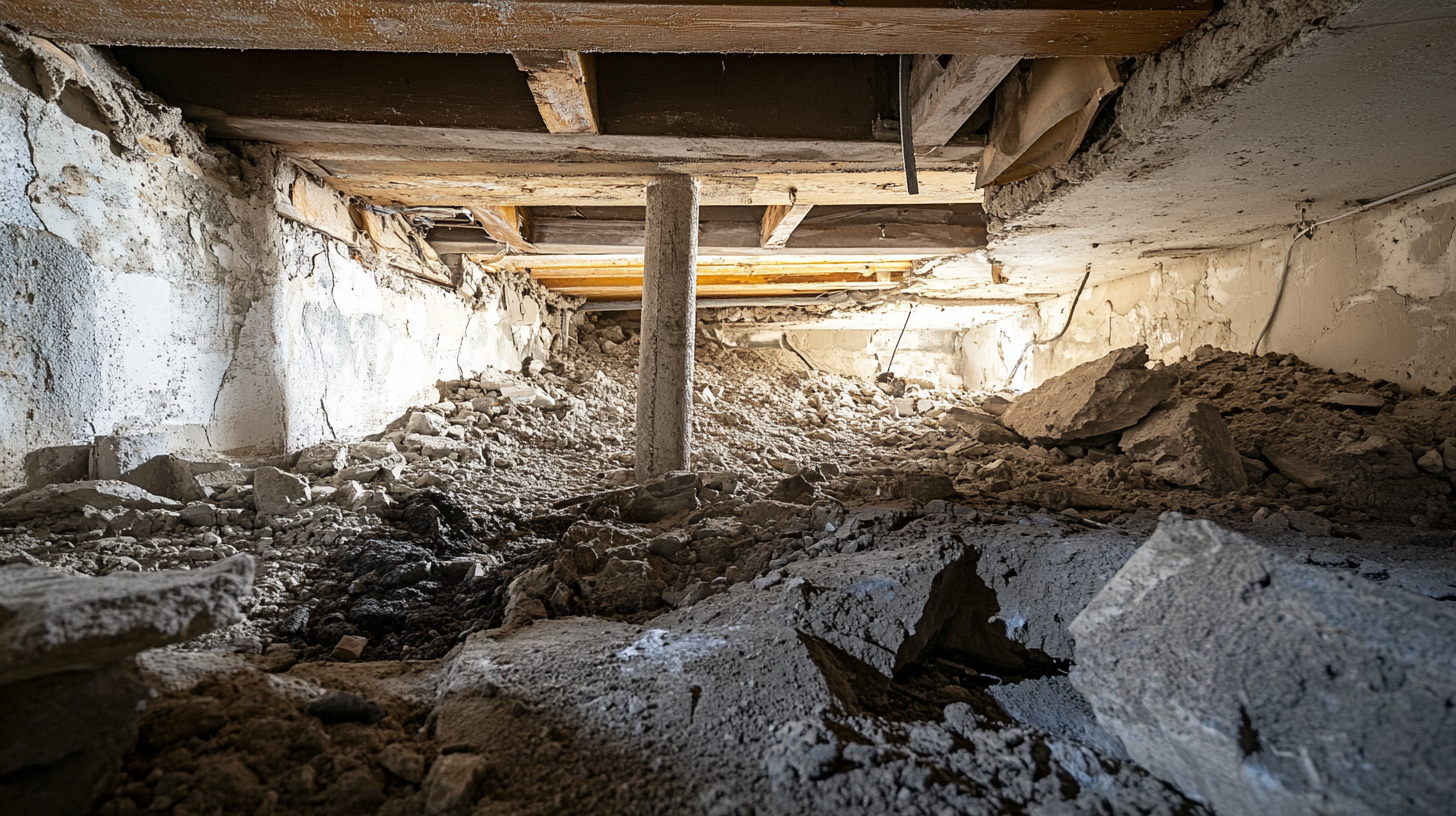
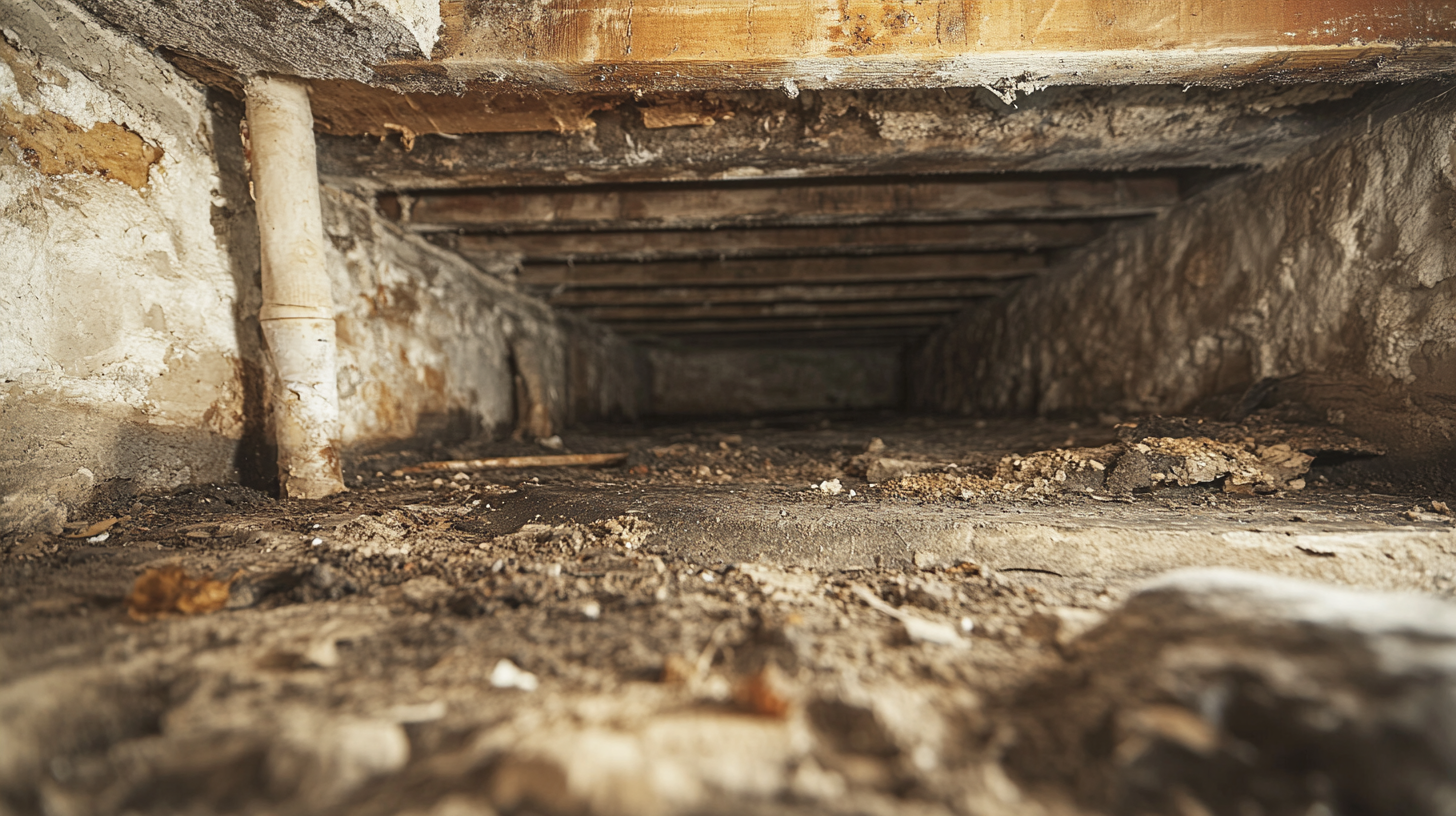
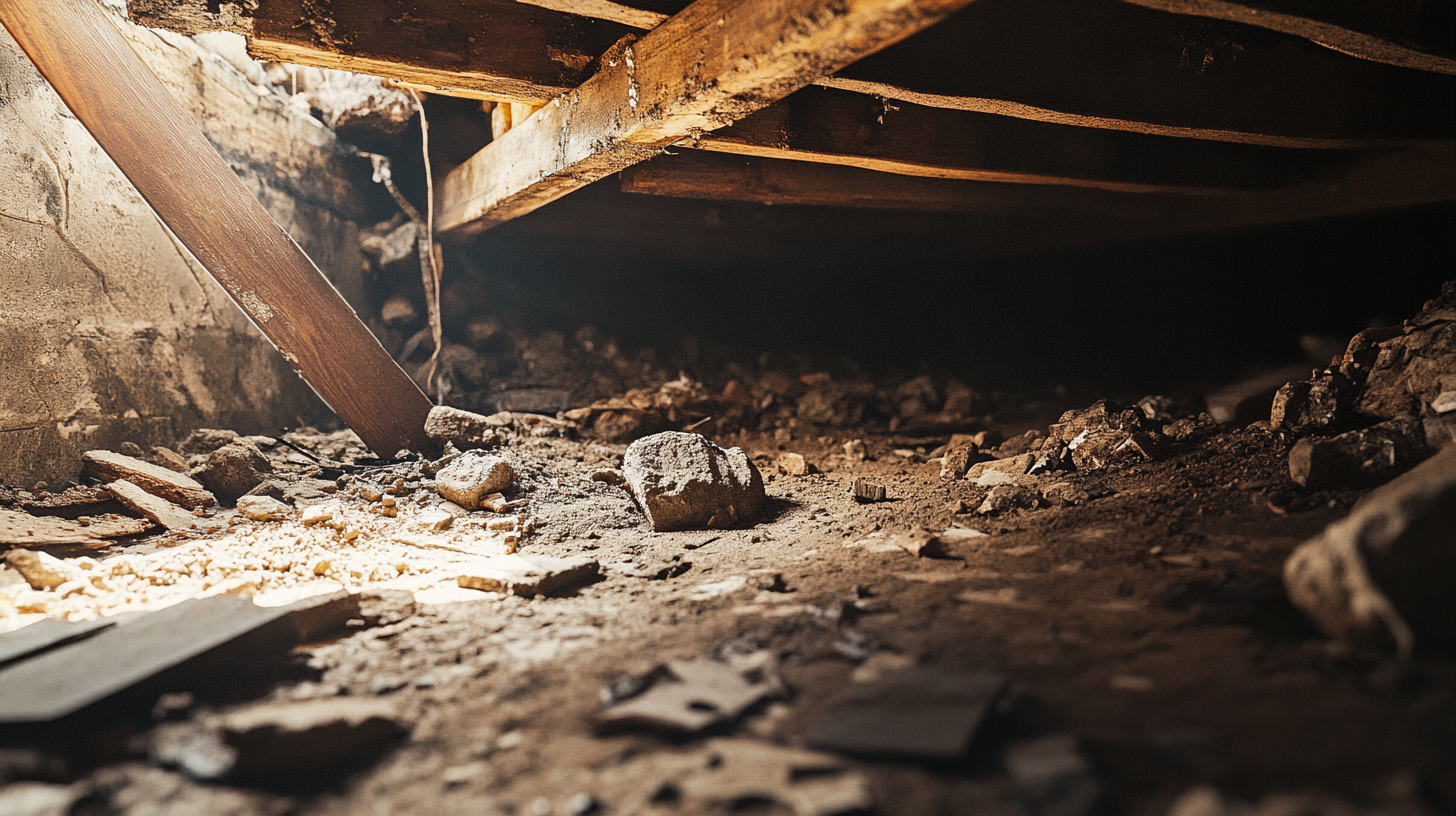
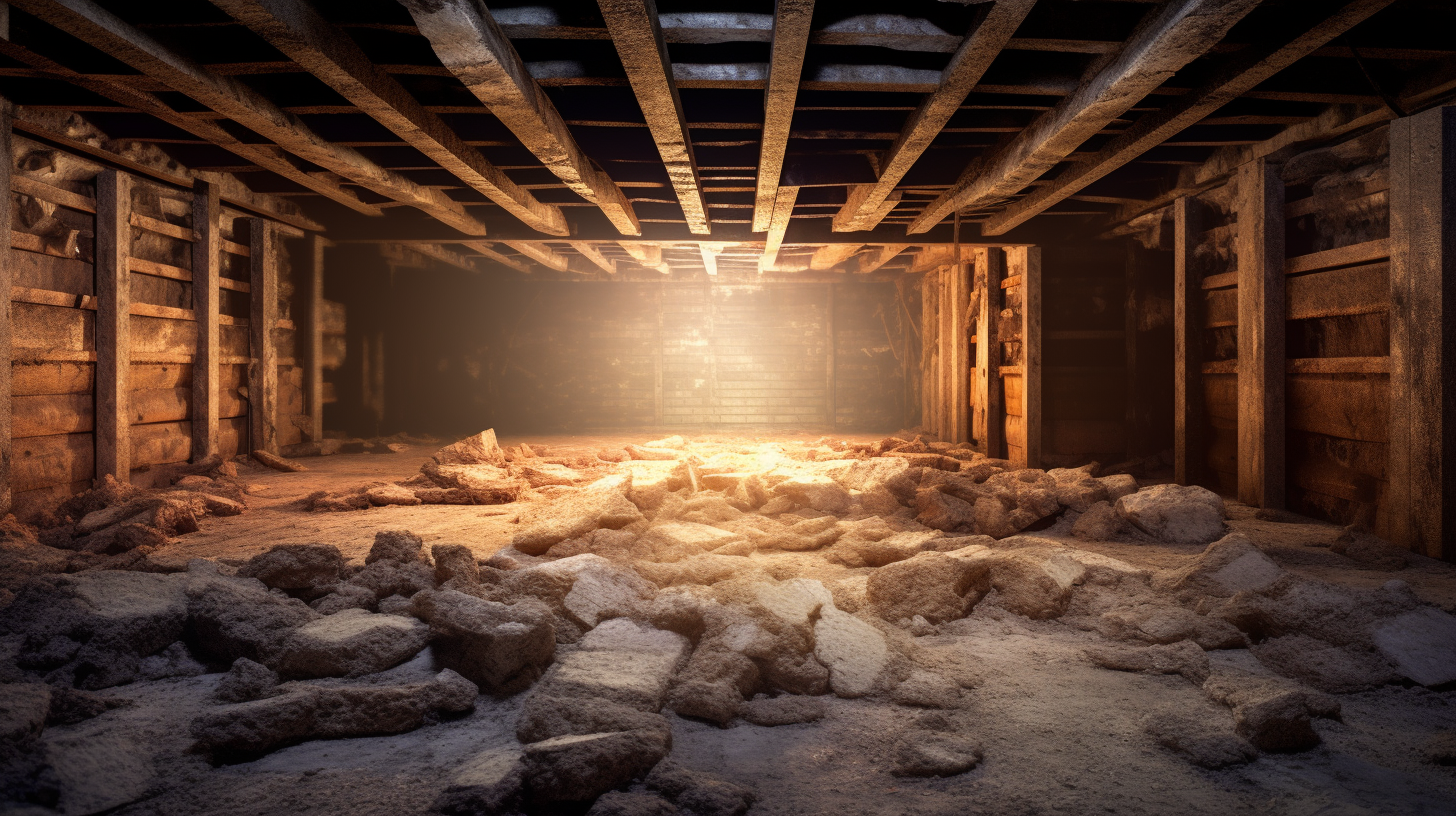
Got a Question? We’re Here to Help.
You can arrange an appointment or make an enquiry by phone or email, orget in touch to us via our contact form.
